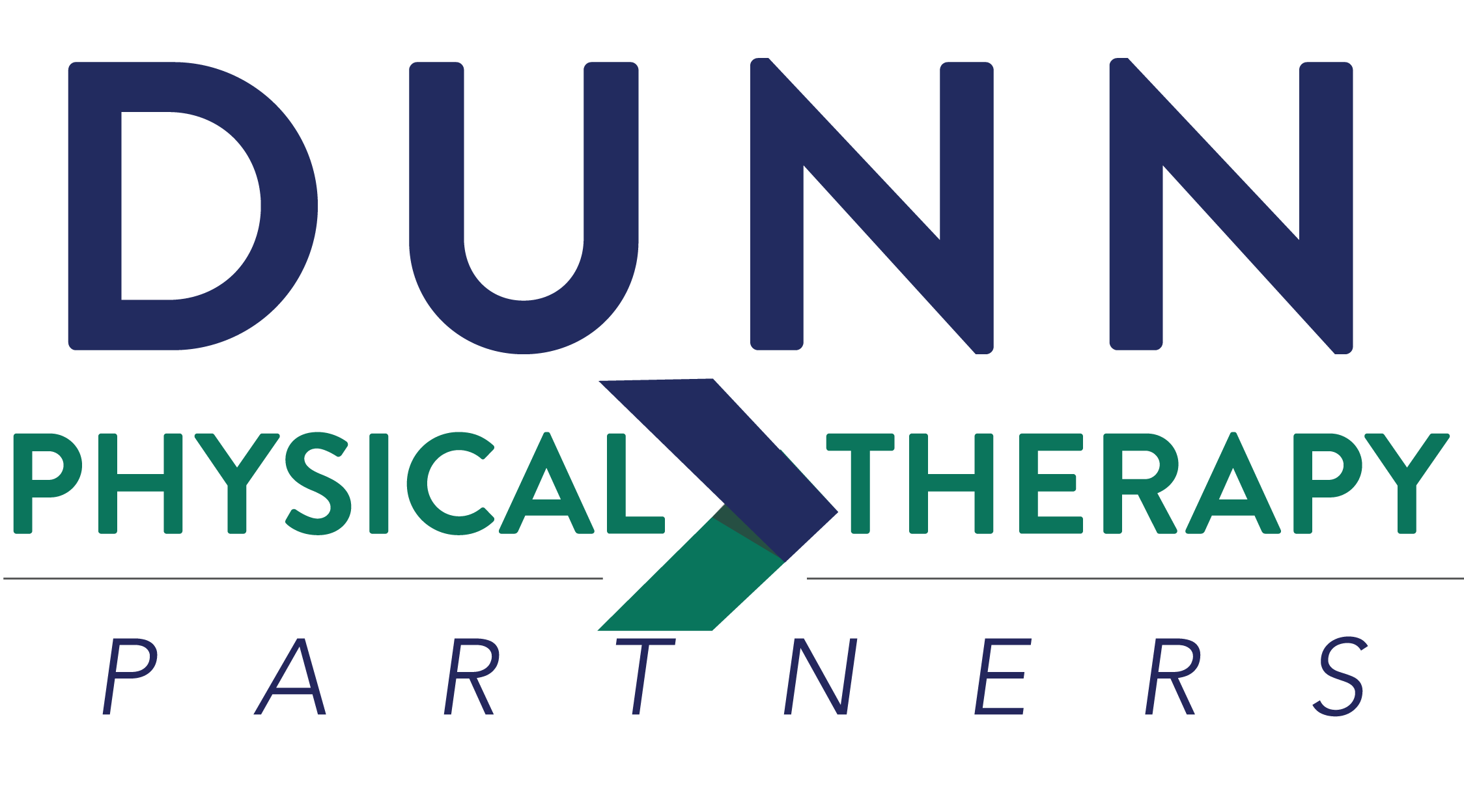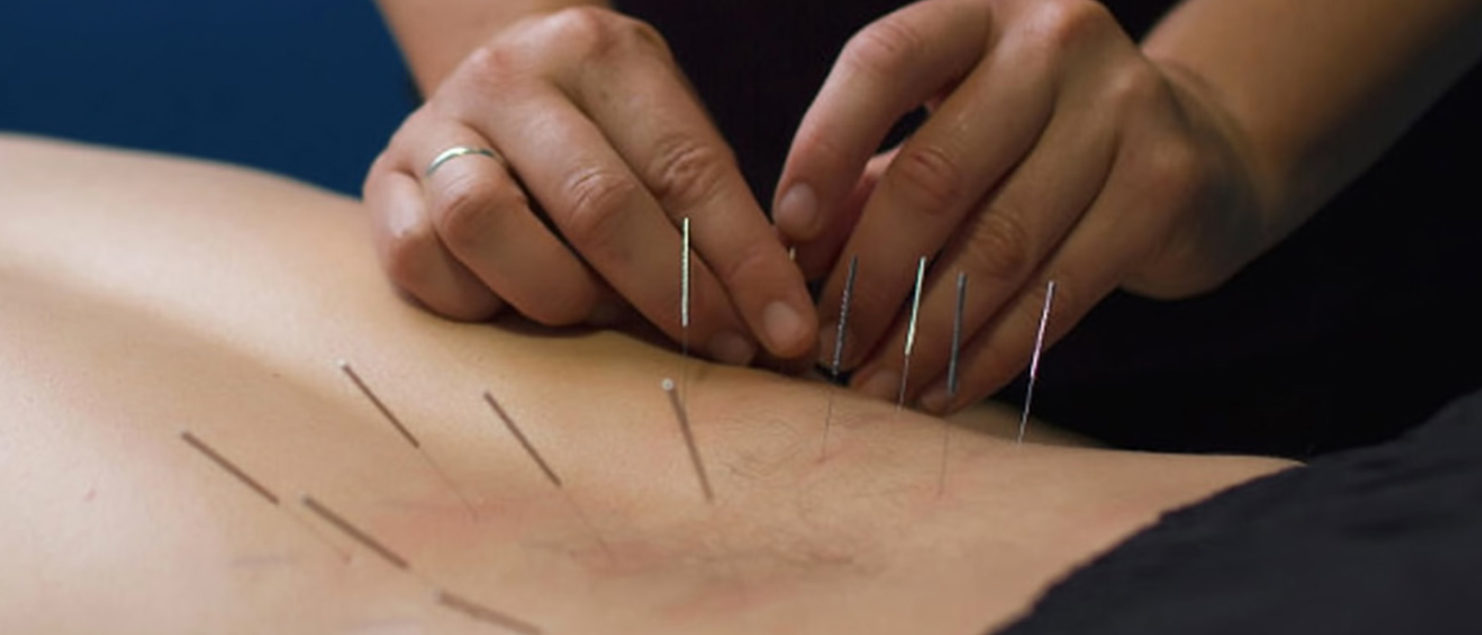No Pain, Just Gain: Why Dry Needling Works
Imagine a pokey object being driven through your skin. Sounds awful, right? Even painful. So if you ever go to physical therapy and see your PT bring out a bunch of long, skinny needles, it’s understandable you might be confused.
There’s no need to fear! Your physical therapist may treat you with dry needling, a careful process in which hollow, metal needles are inserted into your muscles at certain points. Those tiny, sharp objects can relieve a lot of your pain while causing almost none. Here’s how it works!
Trigger Points and You
Imagine your muscles as a tightly banded collection of strings. Occasionally, those strings wind themselves into knots. This may happen after a severe strain, repetitive physical activity, or due to a musculoskeletal disorder.
These knots – taut and hyperirritable spots in otherwise normal muscle – are called trigger points. They can sometimes be felt on the surface of your skin as tight, hard knots in your muscle. You’ll also know them by the pain they cause when you press them.
Dry needling works by relieving the tension in these trigger points. The needle piercing the muscle causes a twitch reflex. After that twitch, the muscles around the trigger point relax. While massage (or as the pros call it, “manual therapy”) can relieve some trigger point pain, the needle can go deep into the body of the muscle, providing more substantive relief.
Dry Needling vs. Acupuncture
If you’re convinced this just sounds like acupuncture, your skepticism is understandable. Acupuncture, as a traditional component of Chinese medicine, is part of a rich cultural tradition. However, it is also often regarded as pseudoscience due to the mechanics behind its use. Practitioners of acupuncture believe it adjusts the flow of “Qi,” an invisible energy in your body. Qi is generally considered by science to not exist.
Now, acupuncture does sometimes work, but it doesn’t work because of qi: it works because of placebo or because of hitting these trigger points. Dry needling takes the lessons learned from centuries of acupuncture and retools them to fit the scientific evidence of trigger points. Don’t take our word for it: the efficacy of dry needling is backed up by scientific literature, and trigger points are a continued point of research for physical therapy and exercise science.
Are you experiencing chronic pain? Dry needling may be able to help! Consult with your physician for further treatment options, and ask for a referral to Physical Therapy Partners! Our experienced physical therapists can help you conquer your pain.

